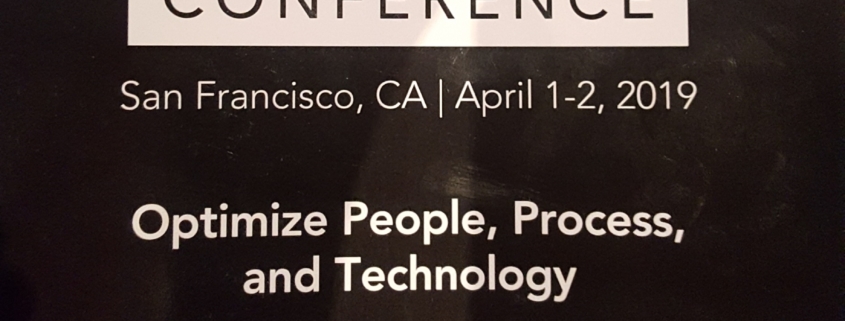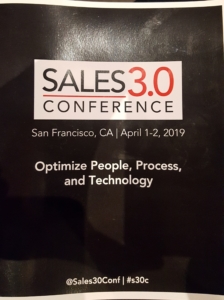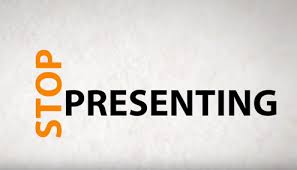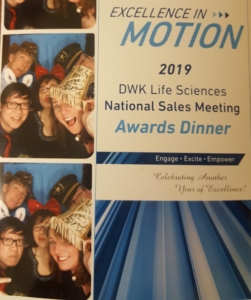We’ve all experienced a lot of technology-driven change in our lives. Just how much change depends on how old you are. People in their 50s can remember a time before the Internet. People in their 30s can remember life before Uber. And twenty-somethings just might remember when their parents carried flip phones, not iPhones.
If it seems like technology only evolves faster and faster, that’s not your imagination. It’s true—meaning we can expect more disruption and change in the near future, even in the field of sales. But when you work in sales, you have to make sure you’re looking at those changes through the right lens. There’s how technology has changed sales, and then there’s how technology has changed how we sell.
How Technology Has Changed How We Sell
Technology will keep changing sales. Vendors will develop new apps we can’t even imagine yet. Software will automate sales processes. Artificial Intelligence will score leads. Chatbots will handle online queries…and so on. All of us in sales will be on a constant learning curve to keep up. But if we’re not also thinking through how we must change our approach to sales, that tech might not do us all that much good. So here’s a look at three ways technology has changed how we sell—and how we must adapt…
- Buyers go looking for information on their own.
These days, when buyers have a need, they go looking for answers on their own—and they’re not calling a sales rep to get those answers. According to Forrester:
- 68% of prospects prefer to research on their own online
- 60% prefer not to interact with a sales rep as their primary source of information
- 62% say they can develop selection criteria or finalize a vendor list based on digital content
What does this mean for you and how you approach sales? You need to understand where the buyer is in the sales journey, and you need to be ready to offer them help and content appropriate to where they are in the process.
- The channels we use have changed.
Millennials do not like to use the phone. OK, they like to use their mobile phones, but not for phone calls. They use their mobile devices as communications tools, but for them that means texting, messaging and emailing.
What does this mean for you and how you approach sales? You need to know more about your prospect so your efforts are targeted, and you need to know how your prospect wants to be approached. Is email better than a phone call? What about a LinkedIn message? Do you have a mutual connection who can make an introduction?
- Social media is commonplace.
Salespeople used to build relationships in real life. Now we build them online as part of “social selling.” We network on platforms like LinkedIn and Twitter and build relationships that way. In addition, customers are also turning to social media when they’re researching possible solutions to their problems—and the vendors that sell them.
What does this mean for you and how you approach sales? You need to be where your customers are. Research shows that salespeople who use social media outperform their competitors. Get active on the social platforms used by your prospects and build a presence—and relationships—there.
Technology will continue to transform how we live our lives, both personally and professionally. The upside is, we have more time to sell when processes can be automated and data drives our sales efforts. So let’s take that extra time we’re getting back to make sure our approach to sales is keeping pace with the technology—and equal to our customers’ expectations of us.
![]() John will join his long-time customer ID Systems at ProMat in Chicago this week. Mark Stanton, GM of IDSY has invited John to the show to speak with the ISDY Dealers, and see how they can benefit from the use of the IDSY Sales Process.
John will join his long-time customer ID Systems at ProMat in Chicago this week. Mark Stanton, GM of IDSY has invited John to the show to speak with the ISDY Dealers, and see how they can benefit from the use of the IDSY Sales Process.


 In three separate conversations, I was contacted by 2 sales representatives and one entrepreneur who asked to provide a critique of a presentation that they were taking to a prospect. While the circumstances around each were different, there was one common challenge I identified following each conversation-information around a solution, product, or service was being presented way too soon! None of the three understood how the prospect ran their business without the recommendation that they would prescribe. And only one realized how this approach would lower their chances of a successful outcome, even if they did (for some strange reason) win the business.
In three separate conversations, I was contacted by 2 sales representatives and one entrepreneur who asked to provide a critique of a presentation that they were taking to a prospect. While the circumstances around each were different, there was one common challenge I identified following each conversation-information around a solution, product, or service was being presented way too soon! None of the three understood how the prospect ran their business without the recommendation that they would prescribe. And only one realized how this approach would lower their chances of a successful outcome, even if they did (for some strange reason) win the business.
 Why You Should Use Those Buyer Personas You’ve Been Avoiding
Why You Should Use Those Buyer Personas You’ve Been Avoiding


